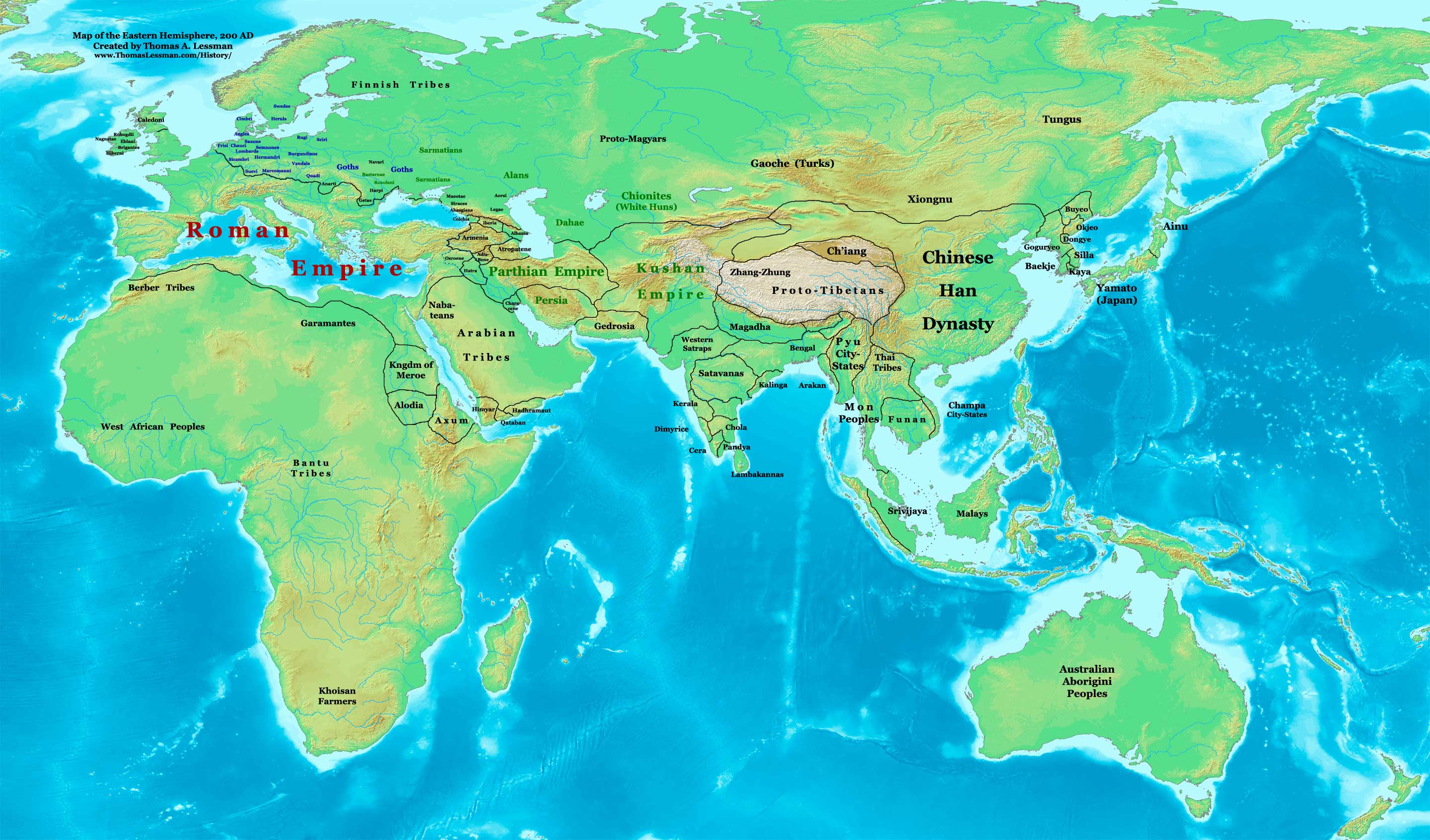


The period 1000 to 1300 is worth considering in its own right, separately from the era that went before and that which come after. While there was a degree of development in the technology of weapons and armour over the period, there was no great transformative revolution throughout these centuries, warfare remained largely dictated by the length that an archer could shoot an arrow, and by the strength of the arms that wielded swords and spears. As a result, the interests of landowners often shaped warfare military activity was invariably conducted by the ruling elite in order to protect their own land, or with the aim to capture new territory from a rival. The most essential fact to bear in mind is that the key to Western European society in the Central Middle Ages was land, or, more specifically, the ownership of land. To understand how Western Europeans conducted warfare in the Central Middle Ages, it is important to have a sense of some of the key features of politics and culture in this period. It was the last of these – the warriors – who attracted much attention from contemporary chroniclers and historians. These three groups – or ‘Orders’, as they were known – consisted of: those who worked, those who prayed, and those who fought. From around 1000, contemporaries began to formulate a view of society which divided its members into three groups, according to the functions that they performed in society. The prevalence of martial conflict was a fact of which observers at the time were aware. In the period between 10, an era often termed the ‘Central’ or ‘High’ Middle Ages, warfare was one of the defining features of society in Western Europe. Study Guide by Swansea University Historians

Parents and Guardians Guide to University.


 0 kommentar(er)
0 kommentar(er)
